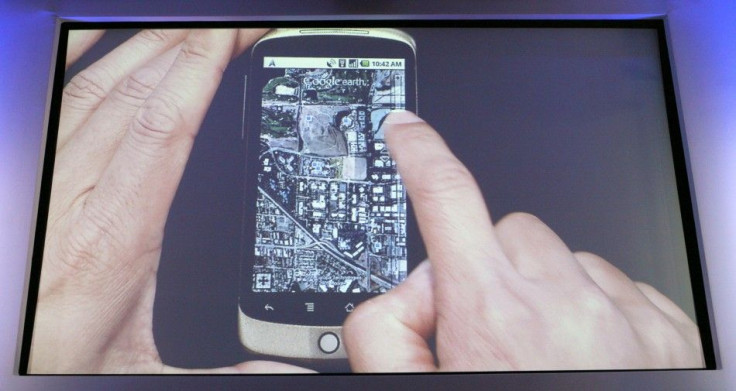First NASA Smartphone Controlled Space Robots is Google's Android, Not Apple iPhone

In an ongoing rivalry between Apple's iPhone and Android, Google can uphold bragging rights as becoming the first smartphone to have assisted NASA astronauts on a space flight mission. Having its Nexus One powered Android OS programmed to spherical robots; the devices were launched into space aboard the space shuttle Atlantis. Once deployed, it assisted astronauts in surveying routine maintenance work.
The 'SPHERES' robots, which stands for Synchronized Position Hold Engage Reorient Experimental Satellites, was a combined experimental effort between Google, Samsung, and NASA. The robots would be controlled by the Android powered phones from the main control center on Earth. The experimental smartphone proved to be ideal devices with it s position sensor gyros and accelerometer features that compliment the gravity free-floating environment. The smartphones would be able to calculate position and movement by utilizing its internal compass in order to output commands to the robots in space.
According to Terry Fong, the director of NASA's Intelligent Robotics Group, the SPHERES robots can assist workers in space by maintaining daily routine tasks while freeing up more time for astronauts to focus on scientific experimental projects. The SPHERES robots could possibly be further utilized for inspection of exterior space shuttles.
NASA has previously experimented with the Nexus One by testing its video and camera capability at high speeds, height, and temperature. The smartphone was tied onto a rocket and launched into space while capturing footage. The goal was to examine the phone's capability to function as potential satellite replacements.
"The availability of the Android source code allows us to customize the smartphone to be used as a compact, low-cost, low-power computer, rather than just as a phone," said Mark Micire, a software engineer in NASA's Ames Intelligent Robotics Department.
The line of Nexus One Google Android experiments could lead NASA to possibly working with lower cost parts for satellites if features from smartphones can withstand the extreme environments in space.
The Nexus S became the first NASA approved smartphone to be used on the space shuttle and International Space Station.
"Samsung is proud to have the Nexus S chosen to be aboard NASA's final space shuttle launch, an event that is historical...The research that is being conducted with SPHERES using the Nexus S will help monitor and communicate from the International Space Station," said Samsung Mobile president Dale Sohn.
Though iPhone was aboard the flight, it did not participate in official mission work performed by the crew. Apple has not been trumped completely from the NASA space program. Just recently a new iPad app was released by NASA in order to drive real satellite data of earth in order to advance education in Earth science. The app is called NASA Visualization Explorer, and combines breathtaking visualizations combined with stories, videos, and images to explain the information on screen. It is clear that NASA is already tapping into the potential of mobile devices from both Google's Android and Apple for future space missions.
© Copyright IBTimes 2024. All rights reserved.




















